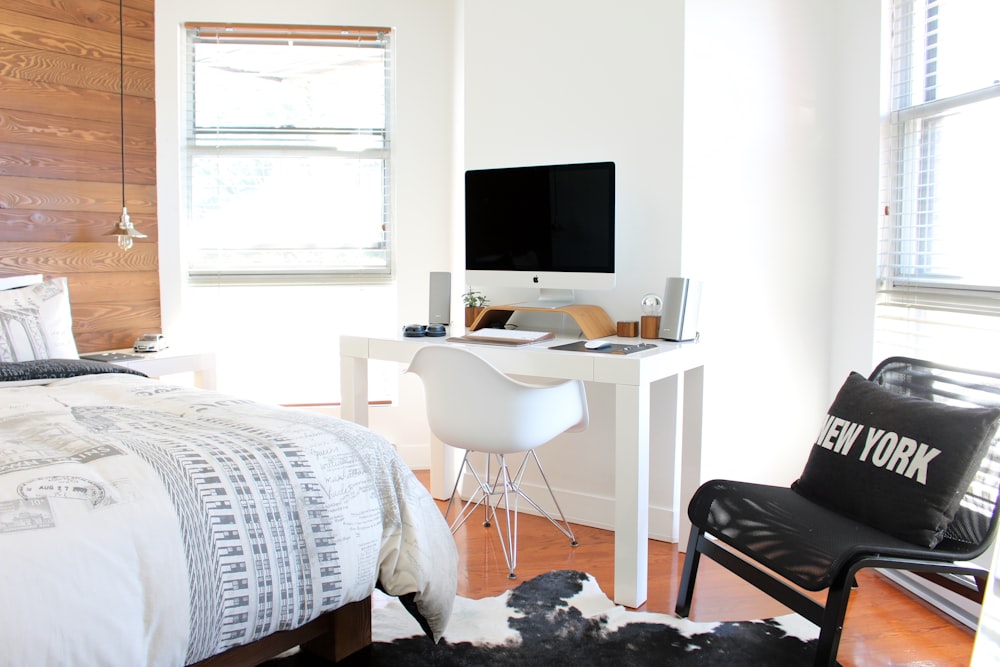Essential Log Home Maintenance Tips: Keeping Your Cabin Pristine
Understanding Log Home Maintenance: A Primer
Log homes exude rustic charm and natural beauty, but they also require regular maintenance to preserve their integrity and aesthetics. From protecting against weathering to preventing insect infestations, proper maintenance is essential for ensuring the longevity of your log cabin. Let’s delve into some essential tips to keep your log home looking its best year-round.
Protecting Against Weathering: Shielding Your Cabin from the Elements
One of the primary challenges of log home maintenance is protecting against weathering. Exposure to sunlight, rain, snow, and humidity can cause logs to deteriorate over time. To combat this, apply a high-quality wood finish or stain to the exterior of your cabin every few years. This not only enhances the natural beauty of the wood but also provides a protective barrier against moisture and UV damage.
Sealing Cracks and Gaps: Keeping Out Unwanted Guests
As logs naturally expand and contract with changes in temperature and humidity, they may develop cracks and gaps over time. These openings not only compromise the insulation of your home but also provide entry points for insects and pests. Regularly inspect the exterior of your cabin for signs of damage and seal any cracks or gaps with a quality caulking or sealant. This simple step can prevent costly damage and ensure the comfort and safety of your home.
Preventing Rot and Decay: Treating and Maintaining Your Logs
Wood is susceptible to rot and decay if not properly maintained, especially in areas prone to moisture buildup. To prevent this, regularly inspect your cabin for signs of rot, decay, or fungal growth, particularly in areas where water may accumulate, such as around windows, doors, and eaves. If you notice any issues, promptly address them by replacing or treating the affected logs to prevent further damage.
Managing Moisture: Controlling Humidity Levels Inside Your Cabin
Controlling moisture levels inside your log home is crucial for preventing mold, mildew, and wood rot. Proper ventilation is essential for maintaining optimal indoor air quality and preventing moisture buildup. Install vents or fans in bathrooms, kitchens, and other high-humidity areas, and use a dehumidifier if necessary to keep humidity levels in check. Additionally, ensure that gutters and downspouts are clear and functioning correctly to direct water away from your cabin’s foundation.
Inspecting and Maintaining the Roof: Protecting Your Cabin from Above
The roof is your cabin’s first line of defense against the elements, so it’s essential to inspect and maintain it regularly. Check for loose or damaged shingles, flashing, and other roofing materials, and repair any issues promptly to prevent water intrusion and damage to your home’s interior. Additionally, trim back any overhanging branches or vegetation that could damage the roof during storms or windy conditions.
Treating and Protecting Wood Surfaces: Preserving the Beauty of Your Cabin
In addition to protecting the exterior of your cabin, it’s essential to treat and protect interior wood surfaces to maintain their beauty and durability. Regularly clean and dust wood surfaces using a gentle cleaner and soft cloth, and periodically apply a protective finish or sealer to prevent staining, scratching, and wear. This not only enhances the natural beauty of the wood but also prolongs its lifespan and reduces the need for costly repairs.
Pest Control: Keeping Insects and Pests at Bay
Insects and pests can wreak havoc on log homes, causing structural damage and compromising the integrity of the wood. To prevent infestations, inspect your cabin regularly for signs of pest activity, such as sawdust, droppings, or damaged wood. Use insecticides or repellents as needed to treat affected areas, and consider implementing preventative measures such as installing screens on windows and doors and sealing cracks and gaps to keep pests out.
Fire Prevention: Minimizing Fire Risks
Fire prevention is essential for protecting your log home and ensuring the safety of your family. Keep flammable materials such as firewood, debris, and vegetation away from your cabin, and maintain a clear space around the perimeter to create a defensible zone. Install smoke detectors and fire extinguishers inside your cabin, and develop and practice a fire escape plan with your family to ensure everyone knows what to do in case of an emergency.
Regular Inspections and Maintenance: A Year-Round Commitment
Regular inspections and maintenance are key to keeping your log home in top condition year-round. Make it a habit to inspect your cabin inside and out at least twice a year, ideally in the spring and fall, to identify and address any issues before they escalate. By staying proactive and addressing maintenance tasks promptly, you can preserve the beauty, integrity, and value of your log home for generations to come. Read more about log home maintenance

